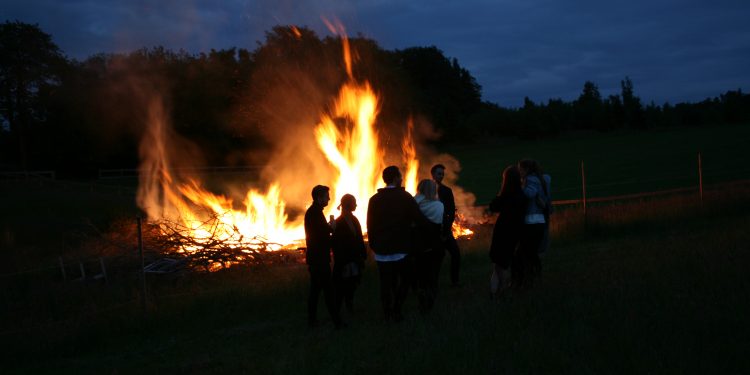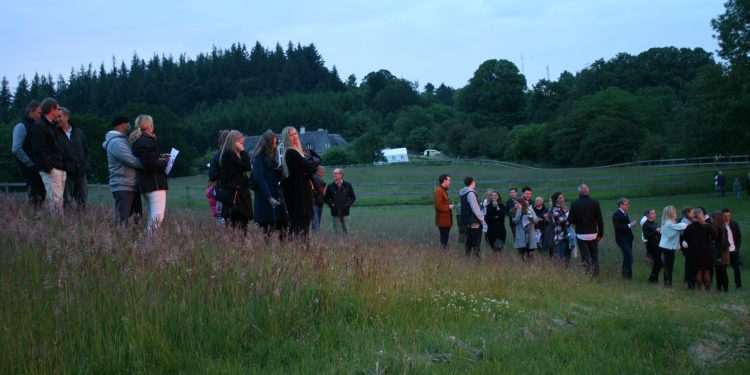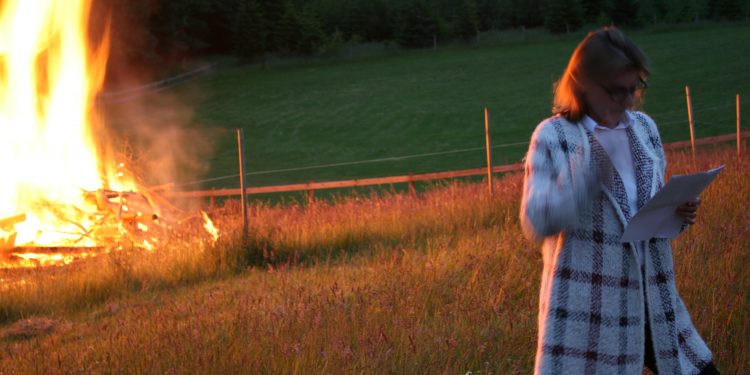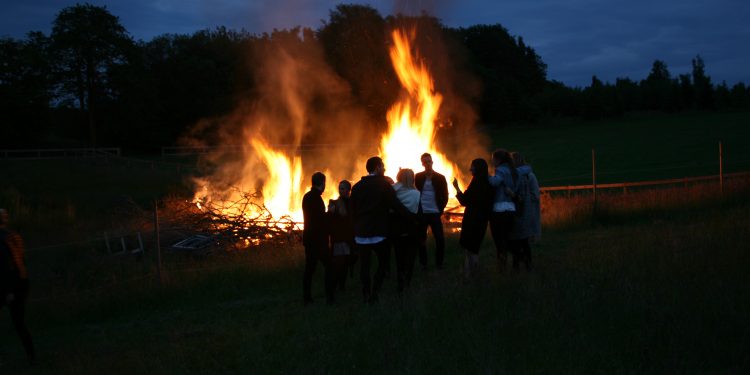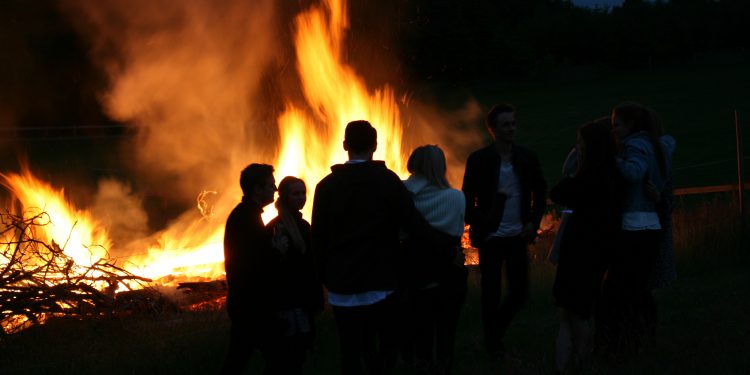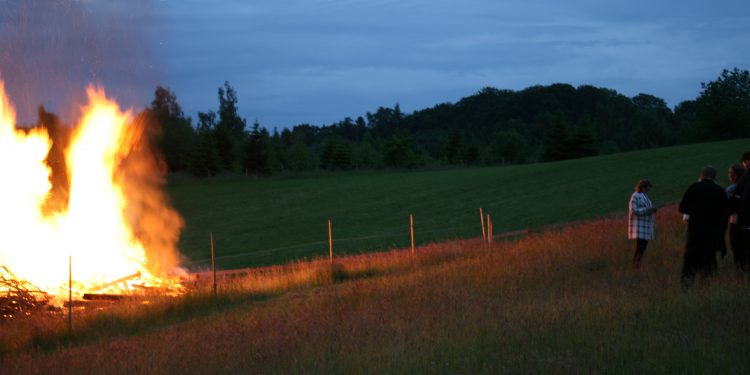Sankt Hans – on a long Danish summer evening a beautiful tradition
If you ask Danes, why they celebrate Sankt Hans, you’ll likely hear it’s an old Danish tradition. However, as with many traditions in Denmark, the midsummer celebration is a mix of old Pagan rituals with customs introduced by immigrants.
The article continues below.
Pictures and text by Bente D. Knudsen
You may be looking forward to celebrating this tradition in Denmark, and in the Copenhagen area, a range of events take place, with free access for all – but be early as some are very poopular. A link to a list of them can be found here.
The article continues below.
On the evening of June 23 most Danes get together around a huge bonfire. Often by the sea. Previously, they might have enjoyed a picnic or barbecue at home.
Around twilight they start walking out to the nearest bonfire site. For some, it is a firmly rooted tradition always to go to the same site.
Sankt Hans is actually a Christian holiday, which celebrates the birthday of John the Baptist on June 24.However, it coincides with an ancient Pagan tradition, summer solstice, the longest day of the year on June 21.
Christian priests adapted these old customs to help promote Christianity.
In Denmark it is celebrated in the evening on the 23 June.
The article continues below.
The pagan midsummer was filled with magical and natural forces, both evil and good.
Herbs and water sources were holy. At midsummer there was a tradition of seeking out the holy water sources and harvesting healing herbs.
Historians believe the bonfires and the burning of the witch came to Denmark with German craftsmen in the 1860s. In Germany however, the witch and bonfires take place on Walpurgisnacht, which is the 1 May. In Denmark, it became merged with the midsummer tradition.
The midsummer song, which the Danes proudly sing around the fire also isn’t really old.
It originates from a theatre music play “Once upon a time” from 1887 by Danish play writer Holger Drachmann.
It was rewritten by the Danish band Schu-bi-dua in the 1970s, and often it is their version, certainly regarding the music, which is used.
The article continues below.
A typical Sankt Hans evening
At the first sign of twilight, around 20:30, a bonfire speech is held.
The fire is then lit up, and while the flames reach out towards the summer sky, everyone standing around the fire sings the midsummer song.
If you don’t know where to find a Sankt Hans bonfire near you, ask your Danish neighbour or someone you meet at the local grocery store.
Most Danes know where the neighbourhood bonfire is, even if they are a little cloudy on its history!
You can also go to your local municipality’s website and search for the list of where their official bonfires takes place.
Support our magazine with a contribution of any size
We do not want to put up a pay-wall, so we need your support and if you find our content relevant and worthwhile, we would value any contribution, however big or small, as a token of your appreciation of our efforts.
How to support:
Transfer any contribution to our bank account at: Your Danish Life/ Danish Expat Media Aps
Danske Bank Account number: 3409 11405673
IBAN: DK68 3000 0011 4056 73
or MobilePay to 2144 1224
Message: Support


